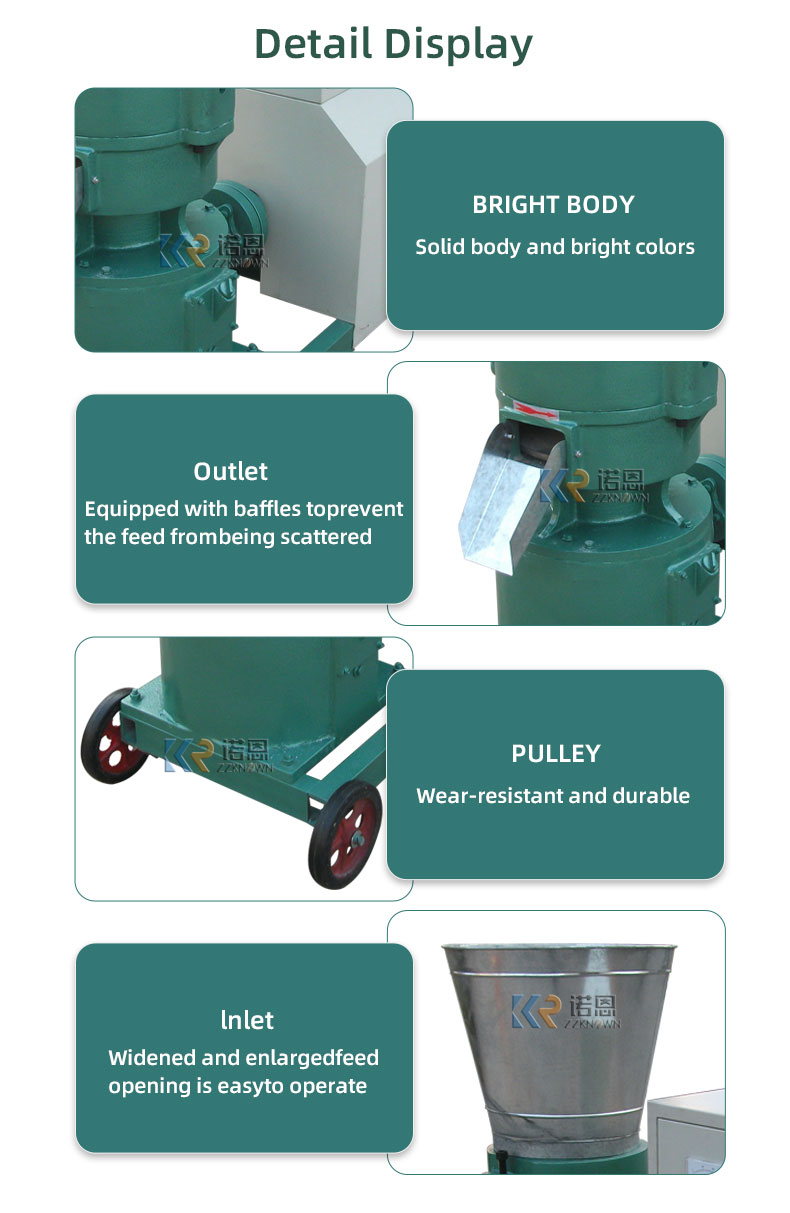fish feed mixer machine
Nov . 08, 2024 22:07 Back to list
fish feed mixer machine
The Importance of Fish Feed Mixer Machines in Aquaculture
Aquaculture has emerged as a vital source of food production, and with the growing demand for fish and seafood, effective feeding practices have become paramount. One of the essential tools in this industry is the fish feed mixer machine. This equipment plays a crucial role in creating balanced and nutritious feed, ensuring the health and growth of fish in various aquatic environments.
Understanding Fish Feed Mixer Machines
A fish feed mixer machine is specifically designed to blend various ingredients into a homogenous mixture that meets the dietary needs of fish. These machines can handle a range of raw materials, including fish meal, soybean meal, corn, wheat, and various vitamins and minerals. The primary function of the mixer is to ensure that all components are evenly distributed, providing fish with a consistent and nutritious diet.
In terms of operation, fish feed mixers come in various types, including horizontal, vertical, and paddle mixers. Each type has its advantages depending on the scale of production and the specific requirements of the feed formulation. Horizontal mixers, for example, are suitable for large-scale operations, while vertical mixers are often used for smaller batches. Proper selection based on operational needs is crucial for optimal efficiency.
The Role of Quality Feed in Aquaculture
Fish health and growth are directly linked to the quality of the feed they consume. A well-formulated fish feed provides essential nutrients that support growth, reproduction, and overall well-being. Poor quality feed can lead to health issues, slow growth rates, and increased mortality, ultimately impacting the profitability of aquaculture operations.
Using a fish feed mixer machine ensures that the feed ingredients are uniformly mixed, allowing for better nutrient absorption by the fish. This uniformity not only improves feed efficiency—meaning that fish utilize the feed better—but also reduces waste, as fish are less likely to reject poorly mixed feed. Additionally, well-mixed feed helps maintain water quality, as uneaten feed can decompose and pollute aquatic environments.
fish feed mixer machine

Technology Advancements in Fish Feed Mixers
Innovation in fish feed mixer technology has significantly advanced the capabilities and efficiency of these machines. Modern mixers now feature automated systems that allow for precise measurements of ingredients, improving consistency and reducing human error. Some machines come equipped with integrated control systems that monitor mixing time and conditions, ensuring that the final product meets specific nutritional standards.
Furthermore, the development of energy-efficient motors and materials has reduced the operational costs associated with running these machines. As aquaculture continues to adopt sustainable practices, the energy efficiency of fish feed mixers becomes increasingly important in minimizing the industry's carbon footprint.
Economic Benefits of Using Fish Feed Mixer Machines
Investing in a high-quality fish feed mixer machine can yield significant economic advantages for aquaculture operations. Increased feed efficiency leads to enhanced growth rates, which means that fish can reach market size more quickly. This acceleration in growth can result in higher turnover and increased profits.
Additionally, by producing their own feed, fish farmers can significantly lower their dependence on external suppliers, thus reducing costs. This independence enables farmers to maintain better control over the quality of their feed, tailoring it to the specific needs of their fish and optimizing their production processes.
Conclusion
In conclusion, fish feed mixer machines are indispensable in the aquaculture industry, playing a critical role in enhancing feed quality and efficiency. As global demand for fish and seafood continues to rise, the importance of these machines will only increase. By ensuring that fish receive a balanced and nutritious diet, fish feed mixers contribute to healthier fish populations, improved profitability for farmers, and more sustainable aquaculture practices. As technology continues to evolve, fish feed mixer machines will undoubtedly play an even more significant role in shaping the future of fish farming and ensuring food security for generations to come.
-
Hot Sale 24 & 18 Door Rabbit Cages - Premium Breeding Solutions
NewsJul.25,2025
-
Automatic Feeding Line System Pan Feeder Nipple Drinker - Anping County Yize Metal Products Co., Ltd.
NewsJul.21,2025
-
Automatic Feeding Line System Pan Feeder Nipple Drinker - Anping County Yize Metal Products Co., Ltd.
NewsJul.21,2025
-
Automatic Feeding Line System - Anping Yize | Precision & Nipple
NewsJul.21,2025
-
Automatic Feeding Line System - Anping Yize | Precision & Nipple
NewsJul.21,2025
-
Automatic Feeding Line System-Anping County Yize Metal Products Co., Ltd.|Efficient Feed Distribution&Customized Animal Farming Solutions
NewsJul.21,2025






